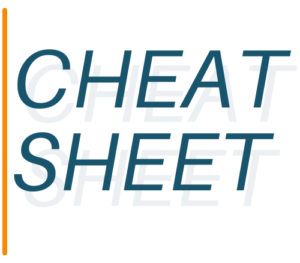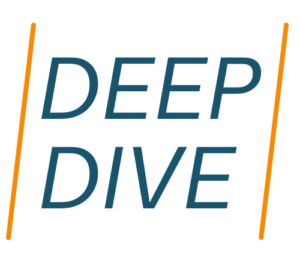
SWMS Q & A: Jared Council, Journalist
Jared Council is one of a kind. Yes, he covered AI for the WSJ, which is sort of a conventional thing for a good reporter to do. Then things changed. Jared blended what he did with who he was deep inside.

Jared Council is one of a kind. Yes, he covered AI for the WSJ, which is sort of a conventional thing for a good reporter to do. Then things changed. Jared blended what he did with who he was deep inside.

Fortune editorial fellow Dylan Sloan will turn 24 in May. If you happened to visit Freeport a year or two back, you might have run into a wavy-haired bouncer at Gritty McDuff’s Brew Pub.

Here’s a cheat sheet on AI awards. It’s a mix of emerging companies, cool tools and extraordinary individuals that set examples for everyone else.

If tech journalism had its own 30 Under 30 list, Belle Keni Lin certainly would be on it. The 28-year-old WSJ reporter started her career as a marcom intern, first at Dropbox and later at Fleetsmith, an IT software company later acquired by Apple.

Heather Joslyn is well into her third year at The New Stack, and only a month or so into her tenure as EIC at the most technical tech pub in the business. Yet Heather by her own estimation is not overly technical. How does she do it?

The following is a “conversation” between SWMS and GPT-4 regarding recent work from TechCrunch senior reporter Kyle Wiggers. It has been edited for length and clarity, as we do our Q&As with humans.

You need to be logged in to view this content. Please Log In. Not a Member? Join Us

Everyone knows about the Fortune 500. Here’s the Fortune Five — the five reporters that tech PR might want to prioritize.

If you represent a company with an AI story to tell, consider pitching a piece to InfoWorld’s Generative AI Insights blog. Edited by IW executive editor Doug Dineley, Generative AI Insights “provides a venue for technology leaders to explore and discuss the challenges and opportunities presented by generative artificial intelligence.”

You may know James Rundle as the bass player in the NY-based punk rock band called Something Bitter. James is best known as a reporter for the WSJ Pro cybersecurity vertical.
YOUR ACCOUNT
FRIDGE NOTES
This is majorly tl;dr, but recent research from FT Strategies and Reuters empirically uncovers every trend there is, when it comes to the health of the media business. In short, “the media” is barely breakeven, here and around the world. AI search may prove devastating.
The WSJ this week launched CEO Brief, a newsletter designed to inform readers, and to attract new members to the WSJ Leadership Institute. This organization is already a Dow Jones profit center, and a great example of how Tier 1 can lessen dependence on advertising. Former Fortune CEO Alan Murray runs the institute and is the nominal editor of CEO Brief — and promises to read every bit of reader mail — though he has delegated the writing of the newsletter to subordinates in the early going.
Fast Company’s Lydia Dishman has joined (SWMS subscriber) Method Communications as VP of content strategy. Lydia joins an already strong content team, which includes former NY Times reporter Tim Race and B2B tech edit vet John Foley.
“I’m leaving to build something new,” Alex posted on X today. He spent 12 years at Forbes as a reporter and a builder of databases and lists. It’s time he gets to keep the money.
Axios reported on Jan. 24 that private equity firm Blackstone will sell IDG/Foundry, publishers of InfoWorld, Computerworld and Network World (and owners of IDC) to another private equity firm called Regent, which bought streaming video channel Cheddar in 2023. Remains to be seen how the ownership change will affect IDG’s venerable IT titles, but it’s unlikely their budgets will go up.
Unionized writers have secured new protections governing the use of generative AI in member newsrooms, reports the Hollywood Reporter. The union — Writers Guild of America, East — represents Fast Company, Wired and many other prominent titles. The union won agreement that publications “will not lay off current staff employees due to the use of generative AI,” and also that “advance notice [must be given] if the company plans to make the use of generative AI systems a requirement of [editors’] jobs.”